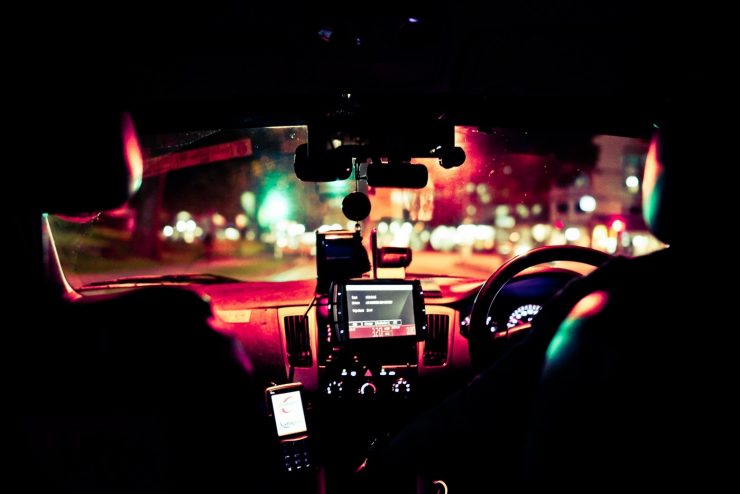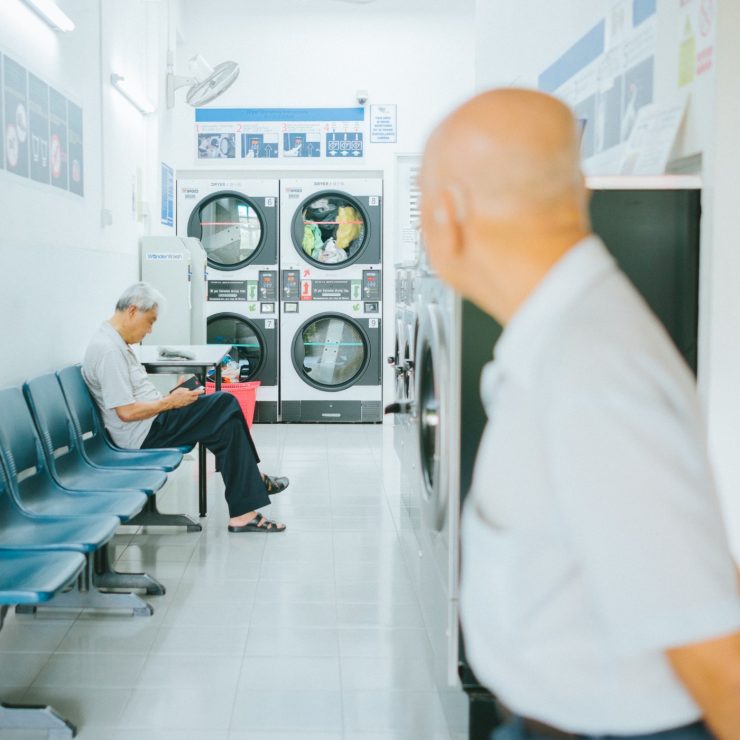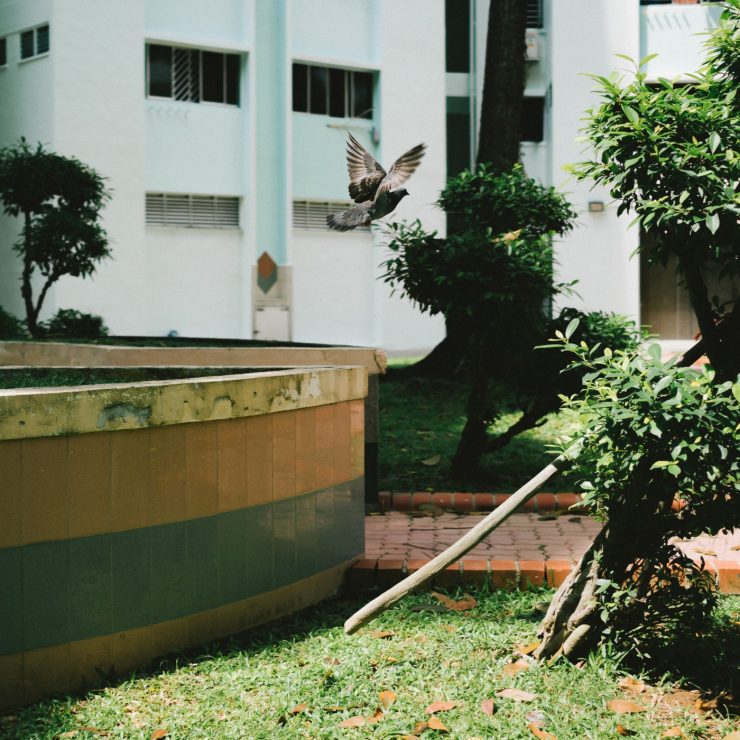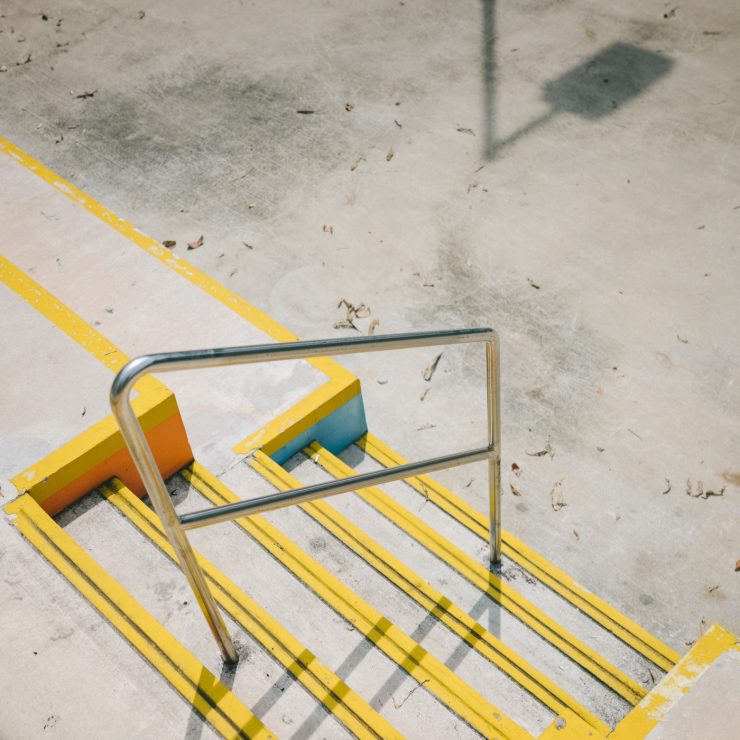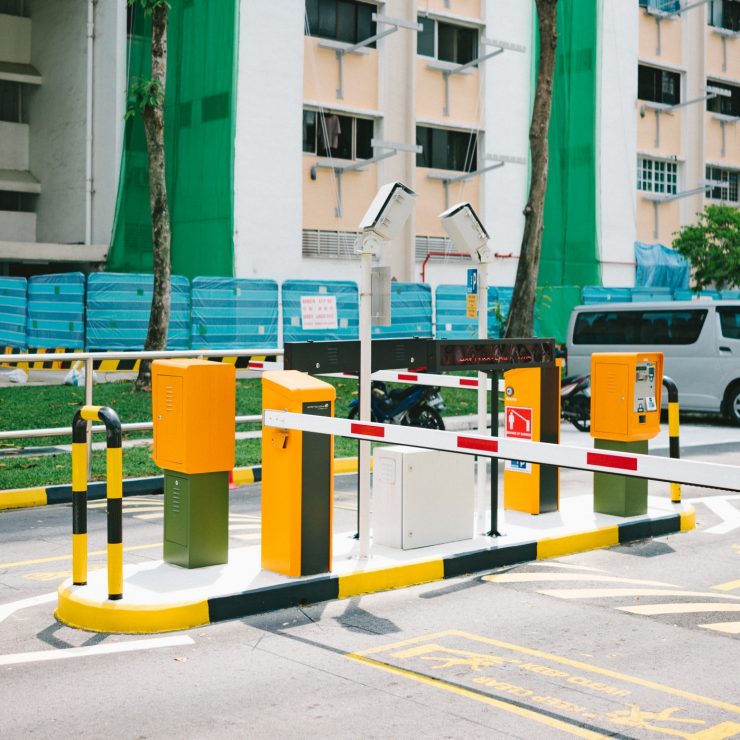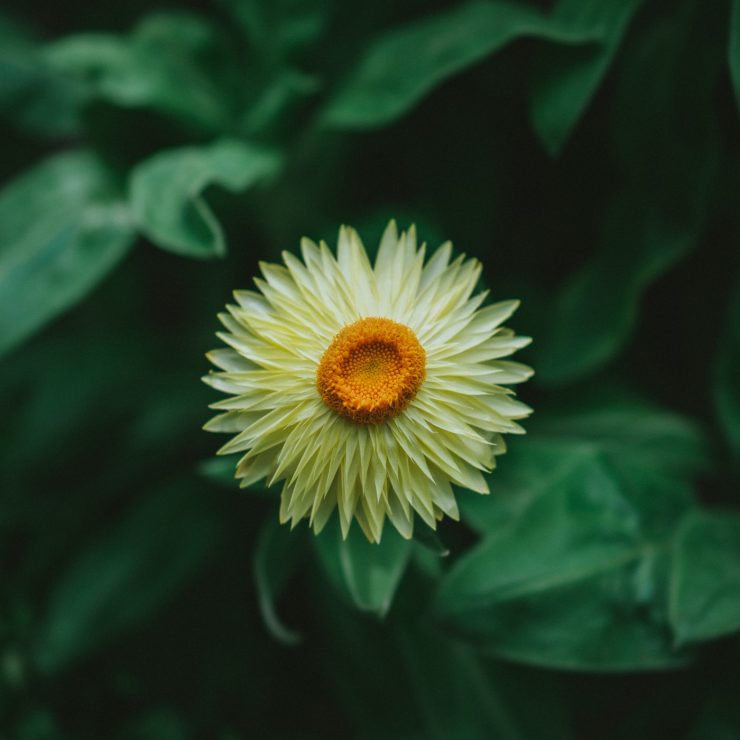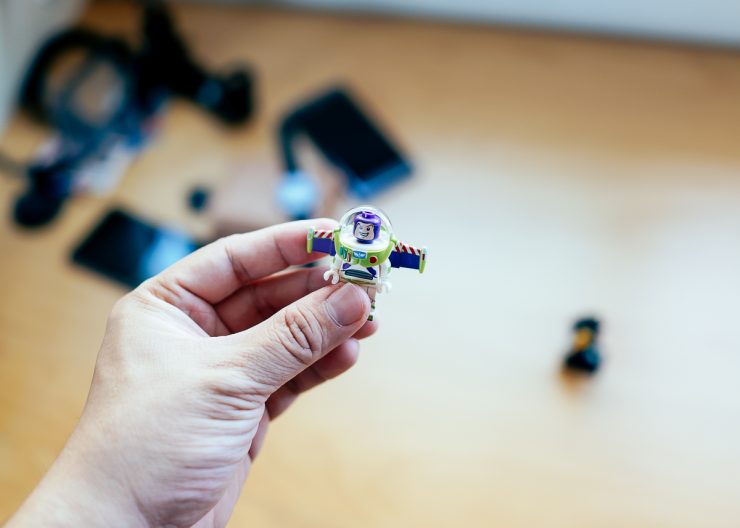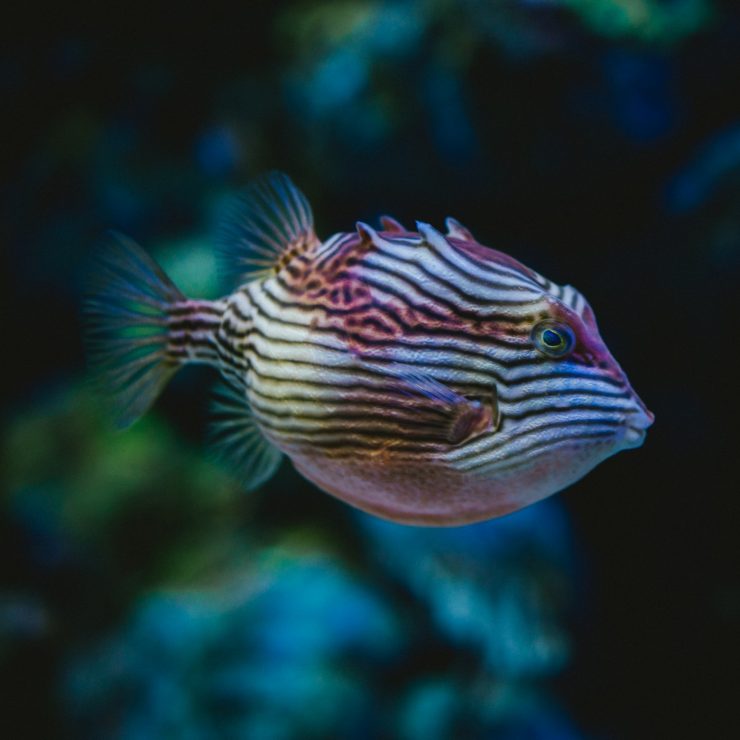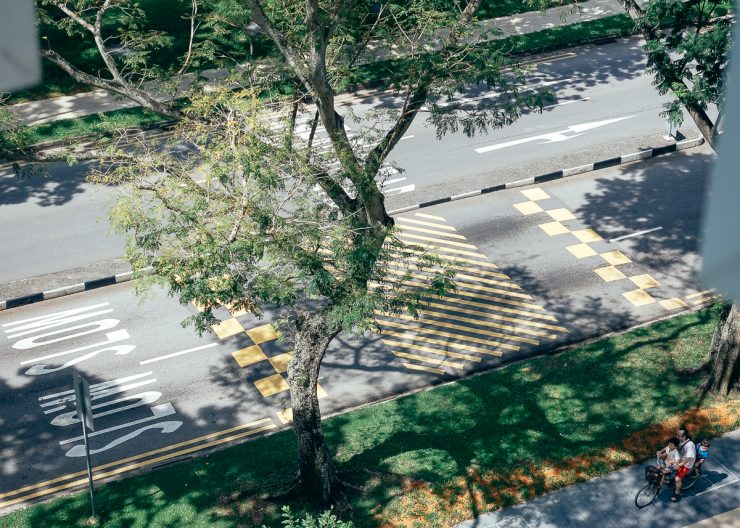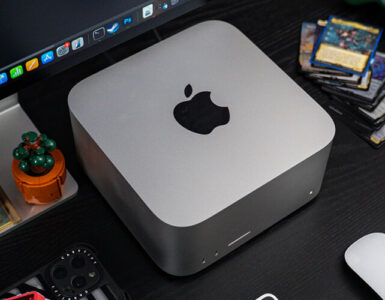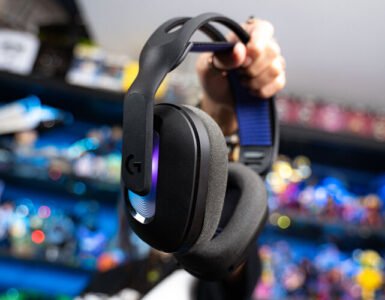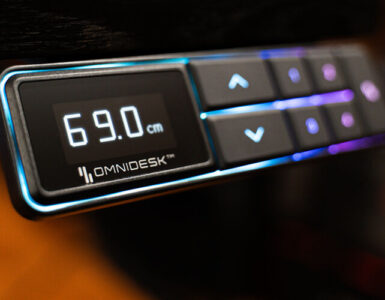I don’t know how to review cameras. In fact, when it comes to cameras, it’s based on whether I can afford one and if it feels good in my daily life for me to want to bring it out to use on the daily. I’ve been called many things because of a need for an intangible connection to my devices but that’s a story for a different day. If you require a review on numbers and specs, please feel free to scour the web and land on everything from DPreview to PetaPixel, all except Steve Huff and Ken Rockwell. I may not be your kind of reviewer, but I’m not evil.
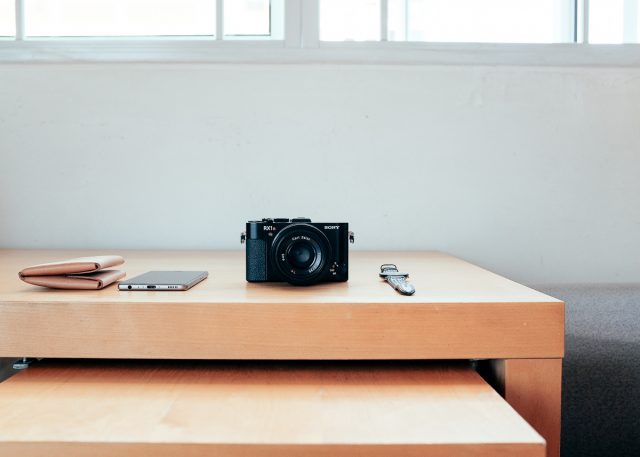
In my life I’ve had the luxury of owning a couple of cameras, namely the Olympus mju II, the first Canon IXUS, the Nikon F70, the Nikon FM2, the Nikon D70s, the Samsung EX1, and the Fujifilm X-E1. I currently only have the Fujifilm X100T because it’s simple, it’s elegant, its images are beautiful straight out of camera (SOOC) and it does its job for me on an almost daily basis for the past two years.

A little more than two months ago, I was introduced to the Sony RX1R II. I’d had the honour of meeting the acquaintance of its older sibling, the RX1, as a friend owns one, and I was blown away by the details it held when I was made to examine the open pores on my face.
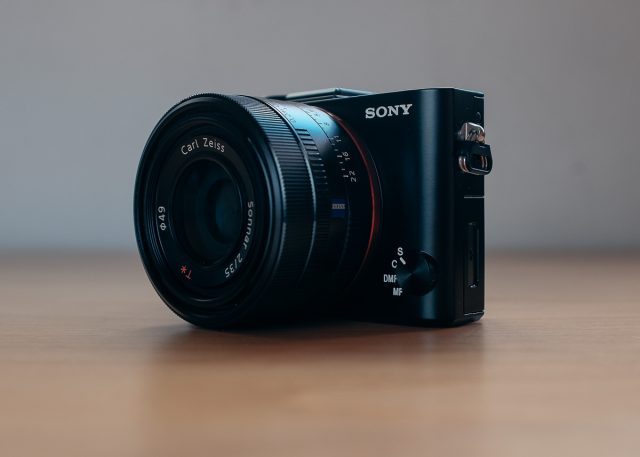
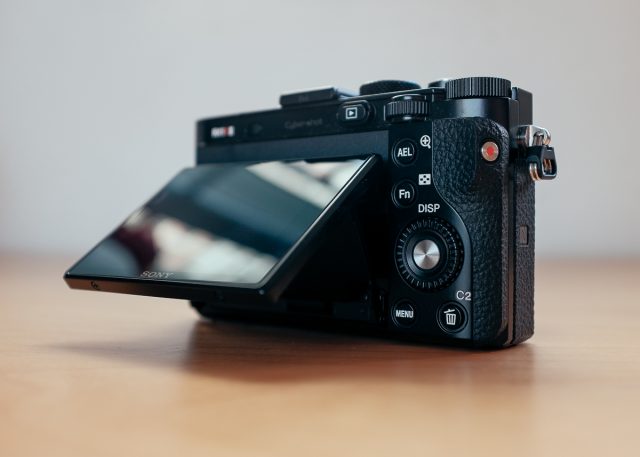
I’ve always been a fan of Sony and their advances in technology, and it still amazes me that many of the top camera manufacturers actually use Sony-made sensors for their flagship devices. Hell, I’m pretty sure your iPhone camera houses a Sony sensor.
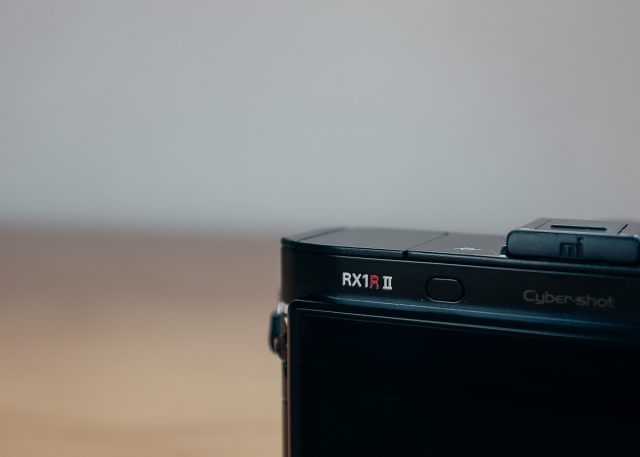
The RX1R II is pure Sony. It’s built like a beast and it just screams quality in the most politeful Japanese manner it can muster. All black. All compact. Yet it manages to house a whopping 42.4-megapixel 35mm equivalent full-frame sensor. My Fujifilm X100T in comparison contains an APS-C-sized sensor (it’s what most modern DSLRs use) and while it is already an achievement by its own merit, Sony went ahead and shook up the entire camera industry with its first RX1, upstaging even Leica, the OG when it came to incomparable image quality in the most compact of camera bodies.
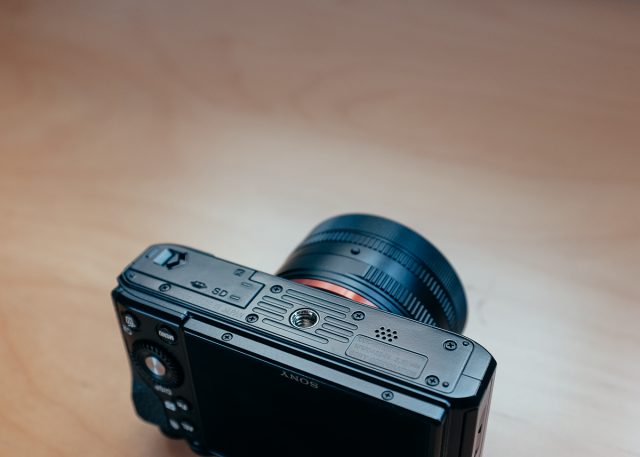
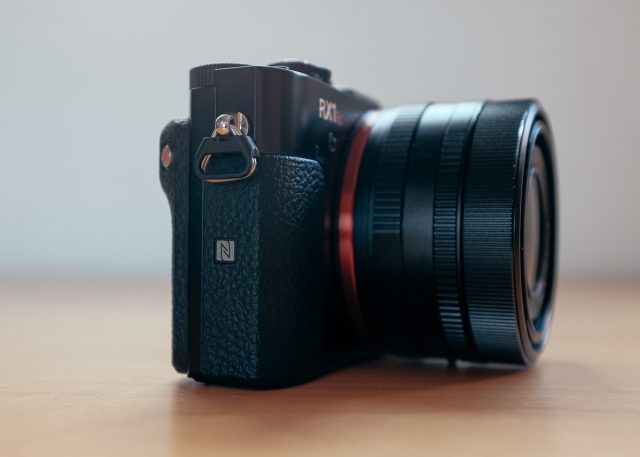
The second coming of the RX1 that is the RX1R II boasts even more as it now comes equipped with a slightly better grip than I remembered, and now an in-built EVF that pops up when you need it. Performance is exemplary as I honestly do not have any complaints over its refresh rate. In fact for my methods of shooting, I never had issues with EVF because just how quickly do still subjects move?
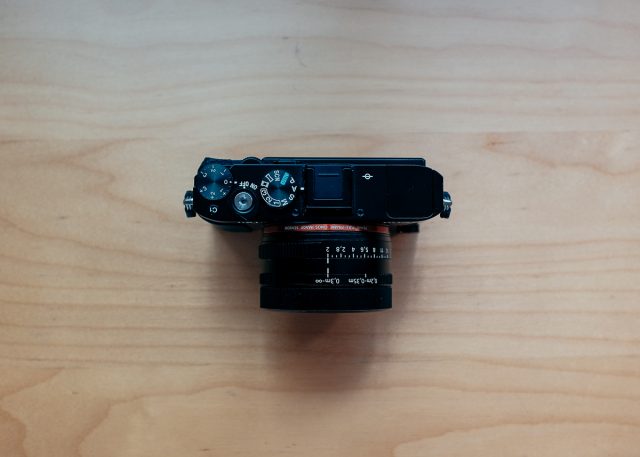

The dials are tactile and grippy and make a lot of sense, even to the point where I could forgive its many GUI misgivings. The camera, while not exactly small, still gave me a cramp or two due to its weight and its severely sleek build. It probably would be better with a case for those with smaller hands.
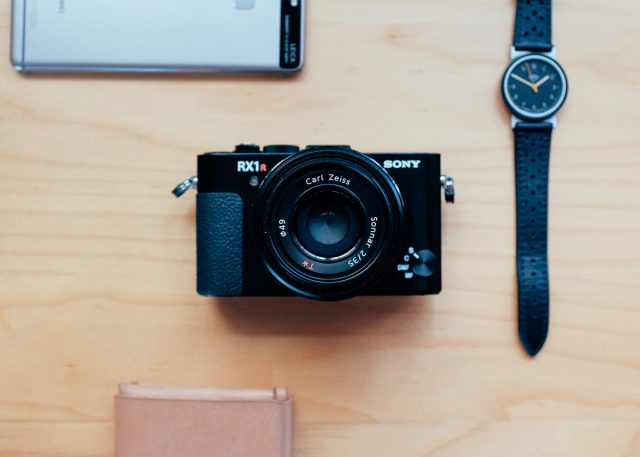
That same mind-blowing and one-of-a-kind 35mm f2.0 Carl Zeiss Sonnar T* prime lens on the original RX1 is once again a permanent fixture on the RX1R II. People have even tried selling sawed off pieces of this on the used market – to what avail I have no clue. This lens is its own animal in the world of photography gear. When the maker of some of the world’s best lenses makes one specifically for a fixed lens camera, you can be sure of image quality bar none. The inclusion of aperture adjustment controls and an ingenious macro control feature only make this lens and camera setup feel even more like a dream.
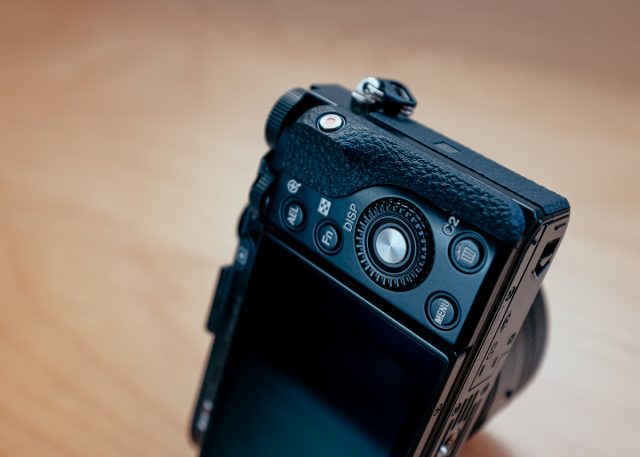
When it comes to producing images, I only know one word that comes to mind every time I review a shot from it – “woah”.
It’s not even a proper word.
My Fujifilm X100T is my daily driver simply for the fact that it produces images the most accurately in my head after dabbling in gear for the better part of the last two decades, yet the Sony RX1R II has managed to make me admit something I could never until now – perfection.
No, there’s no such as perfection, but the RX1R II comes damn near close to it. Every photograph I’ve taken in the 60 days I’ve had with it has been nothing short of exceptional when it came to sharpness and bokeh fall-off. I’d never thought it possible that a compact digital wonder would come into existence this early in my life, but Sony went and did it.
Where the Sony RX1R II fails is in its pursuit for perfection, it may have forgotten about the need for emotions. Images that come out of it, while being clinically good, simply lack a representation of colours and emotion. It does a fine job of being phenomenal, but at the expense of capturing life and its nuances.

Day 60 – that’s when I realised why I was introduced to this camera. Its role in my stage of life was not to become mine; it was to serve as a harsh reminder that a tool is only as good as what its owner does with it. The Sony RX1R II made me look good, but underlying that is that I’m just not good enough for it.

Ultimately, if you’re looking for the perfect compact camera equipped with 35mm film equivalent full-frame sensor capabilities and you know exactly what to do with your images to bring to life your imagination, the Sony RX1R II should have been in your purchase consideration yesterday, even if it retails at S$4,999.
Also, what is a review of a camera without photographs taken with it. Hopefully I leave you now the same way I bade adieu to the Sony RX1R II – in awe, but challenged to be better.
All images processed lightly in Adobe Lightroom CC.
One day Hiro have bottle of nice rum. Then Hiro smashed. Hiro never had chance to find rum name. Tell someone you love them before it too late. Hiro also harsh critic of people who walk dogs only one day a week.


